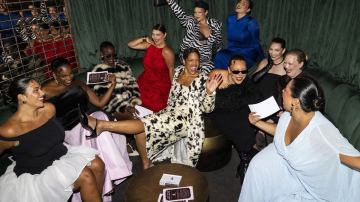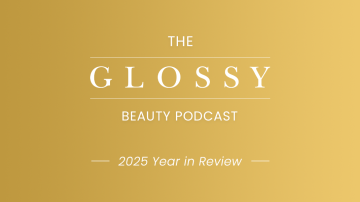As more fashion influencer apps flood the app store, many of them have started expanding into the $84 billion beauty market.
One such app, Like to Know It, which claims to have driven $1 billion in sales for retailers and brands through over 12,000 influencers, partnered with Ulta in May. Another, Trove, now emerging out of a two-year beta, has started experimenting with beauty on its platform, linking featured makeup in influencers’ traditional fashion posts. ScreenShop, which counts Kim Kardashian as an early adopter and adviser, and Villoid, which Alex Chung co-founded, are also moving into beauty, according to company representatives.
There is a good reason for it: A report released last week by Instagram showed there are about 200 million beauty fans on the platform worldwide, and over 25 percent of users follow at least one makeup account. And while fashion and accessories are the biggest markets for influencers, they are immediately followed by the beauty and cosmetics industry, according to influencer marketing platform Klear. Additionally, the number of influencer posts on Instagram nearly doubled to more than 1.5 million posts worldwide between 2016 and 2017. There’s been an increase of influencer apps allowing people to easily shop looks, and the potential for beauty sales through the apps — a percentage of which goes to the app companies, in most cases — is significant.
“Many influencers and bloggers who start in one area like fitness or fashion expand into all other areas because the consumers get really attached,” said Mary Orton, co-founder of Trove. “The consumer wants to see more facets of their life — not just a makeup look, but also: Where are they wearing it?”
Trove, which is releasing an Android version of its app this week, offers beauty products through “outfit of the day” –style images from influencers — but Orton is considering launching dedicated beauty content offered on the platform, including video content.
“Part of our excitement around beauty is that it’s at a lower price point; a product is not the same investment as, say, a pair of knee-high boots. We’re seeing really high conversation rates and average order rates that are much higher,” she said. According to Orton, the average order value Trove drives through posts is 50 percent higher than that of Instagram, Facebook, Pinterest and Twitter, but declined to elaborate on how the company evaluates this.
Trove is not the only app company that is experimenting. Villoid, which works with over 4,000 brand partners including beauty companies 100% Pure and Bleach London, has been incorporating beauty into its platform since December and plans to expand the range in the coming months, a company spokeswoman said.
Screenshop, which has over 1 million downloads, is in conversation with several technology providers who could help the app with facial recognition technology. Screenshop works by converting any screenshot on a phone into an online shoppable store by using artificial intelligence and machine learning to match the screenshot to similar products. It currently works only on clothing and furniture but is asking users what they want to see from the beauty space and is bringing on board former employees of Pinterest to find out what “inspirational moments” are most interesting to users, whether they are fashion or beauty, Molly Hurwitz, co-founder and chief marketing officer of Screenshop, said.
“It’s interesting that, right now, most people are more interested in [fashion] looks than beauty,” she said, based on feedback from users of Screenshop. She added that she was unsure whether that was due to a lack of interest or a lack of awareness due to a dearth of shoppable beauty looks.
Hurwitz said she expected that Screenshop would be able to offer shoppable beauty looks on its platform sometime in 2019.



